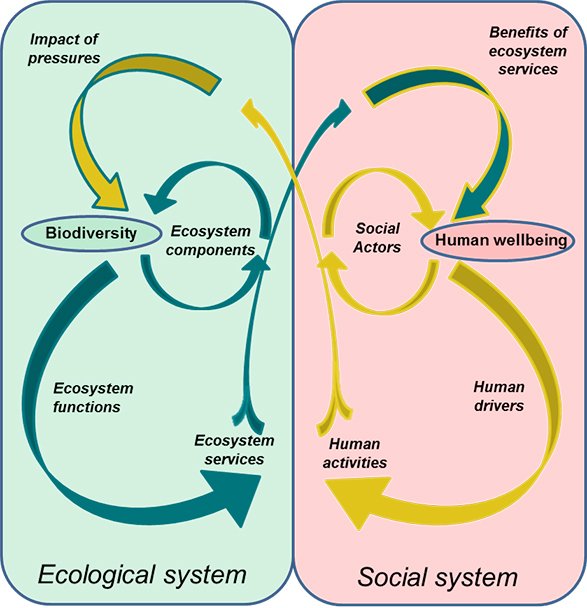Ecosystem-Based Management
A pioneering book on ecosystem-based management (EBM) that includes concepts, tools, and case studies from EPA’s ecosystem services research program, is now available. Seventeen of the 28 chapters of Ecosystem-Based Management, Ecosystem Services and Aquatic Biodiversity: Theory, Tools and Applications were co-authored by 28 EPA researchers. The book is a unique transatlantic collaboration bringing together cutting-edge science from a range of EU research institutions, US EPA, and other US organizations. The goal of the book is to examine the state-of-the-art of holistic and collaborative techniques to address complex social-environmental problems through the application of EBM, and to demonstrate how these techniques have been implemented at multiple spatial scales in case studies from around the world.
The book is divided into four sections:
- Fundamental Concepts
- Tools for Implementing EBM
- Governance Frameworks for Implementing EBM
- Case Study Examples of EBM in Practice (Everglades, Great Lakes, Southeast Asia, Central Europe, Germany, Portugal, Ireland, Azores)
Aquatic ecosystems are rich in biodiversity and home to a diverse array of species and habitats, providing a wide variety of benefits to human beings. Many of these valuable ecosystems are at risk of being irreversibly damaged by human activities and pressures, including pollution, contamination, invasive species, overfishing and climate change. Such pressures threaten the sustainability of these ecosystems, their provision of ecosystem services and ultimately human well-being.
Ecosystem-based management (EBM) is now widely considered the most promising paradigm for balancing sustainable development and biodiversity protection, and various international strategies and conventions have championed the EBM cause and the inclusion of ecosystem services in decision-making. This book introduces the essential concepts and principles required to implement ecosystem-based management, detailing tools and techniques, and describing the application of these concepts and tools to a broad range of aquatic ecosystems, from the shores of Lough Erne in Northern Ireland to the estuaries of the US Pacific Northwest and the tropical Mekong Delta.
Citation:
O’Higgins, T.G., Lago, M., DeWitt, T.H. (editors) Ecosystem-Based Management, Ecosystem Services and Aquatic Biodiversity: Theory, Tools and Applications. Springer. 2020
Fundamental Concepts
Ecosystem-Based Management (EBM), intended to restore, enhance and/or protect the resilience of ecosystems, is gaining momentum. EBM emphasizes on factoring in complex linkages in social-ecological systems; dealing with adequate scales (both time and space wise); promoting adaptive management of complex and dynamic systems; and adopting integrated assessment and management frameworks. It assigns economic and non-economic value to our biodiversity (Ecosystem Services) through environmental and ecological economics, highlighting the fundamental philosophical principles underlining both approaches.
Tools for Implementing EBM
Many different groups are affected by environmental decisions and successful EBM can elicit and incorporate information from different stakeholders to develop socially acceptable solutions. The appropriate types of information are required to communicate with appropriate stakeholders. While environmental information may be most important to conservationists, economic values can be persuasive tools in the development of management options.
Governance Frameworks for Implementing EBM
Ecosystem-Based Management has become the dominant desired paradigm for environmental management globally yet what it entails and how it can be implemented presents many challenges. International environmental law and US federal environmental laws are overviewed where ecosystems services are relevant, along with a high-level overview of ecosystem services in federal and state agency regulations as it helps inform ecosystem-based management.
Case Study Examples of EBM in Practice
The last section of the book provides specific case study examples for uses to learn to put the practice of EBM to use. These case studies cover the Everglades, Great Lakes, Southeast Asia, Central Europe, Germany, Portugal, Ireland, Azores.

Available Online: Ecosystem-Based Management

Ecosystem-Based Management, Ecosystem Services and Aquatic Biodiversity, Theory, Tools and Applications is open access and available for free download.
